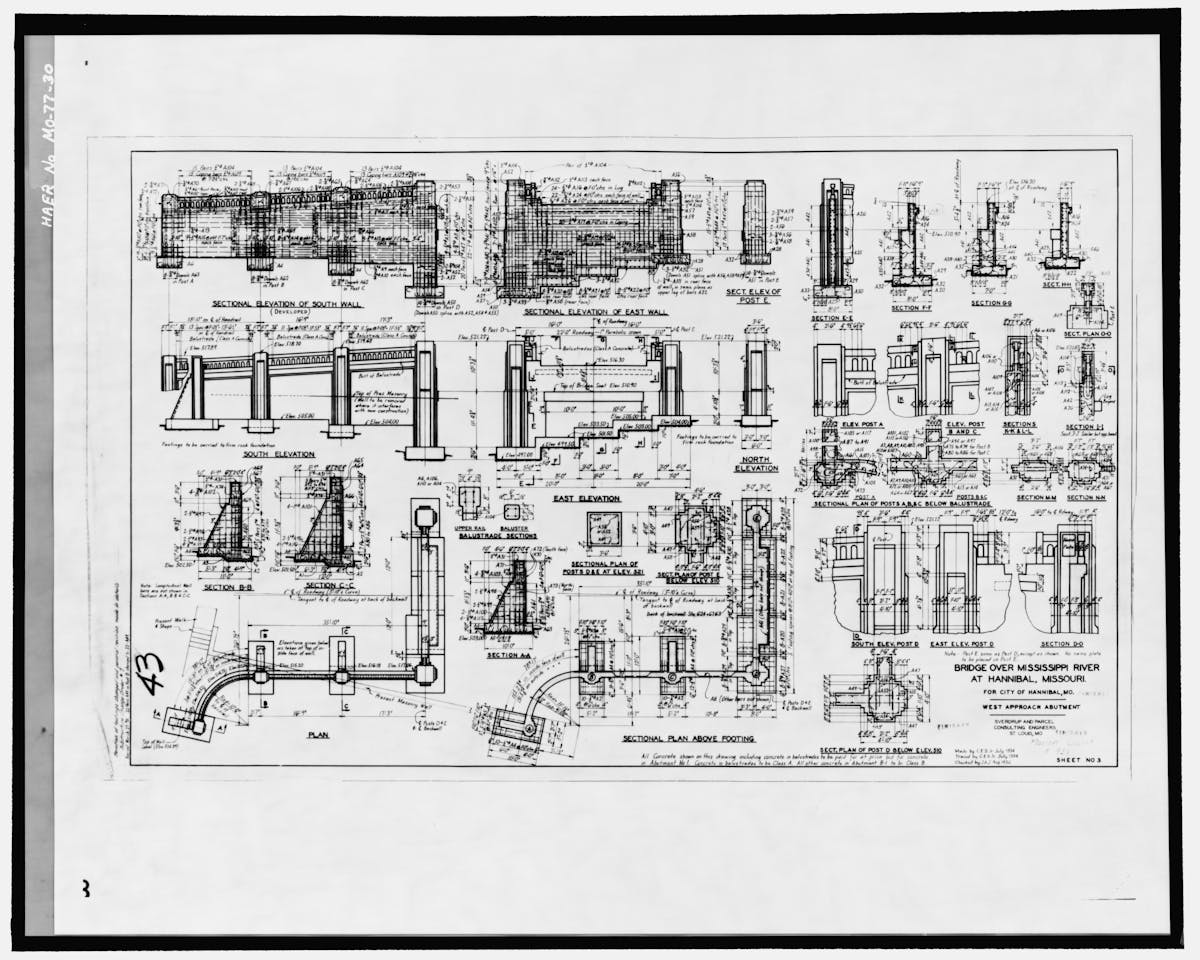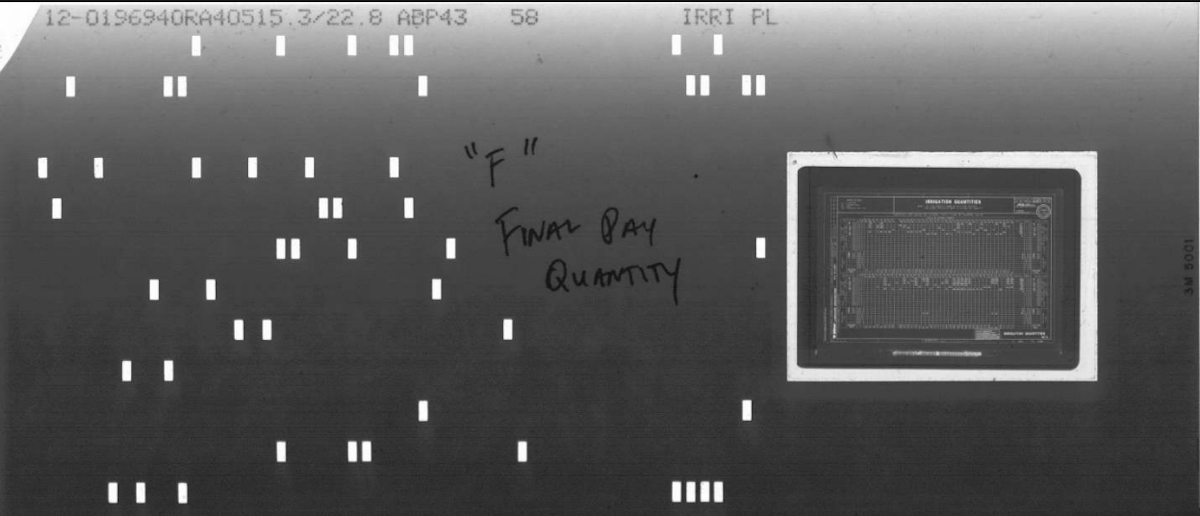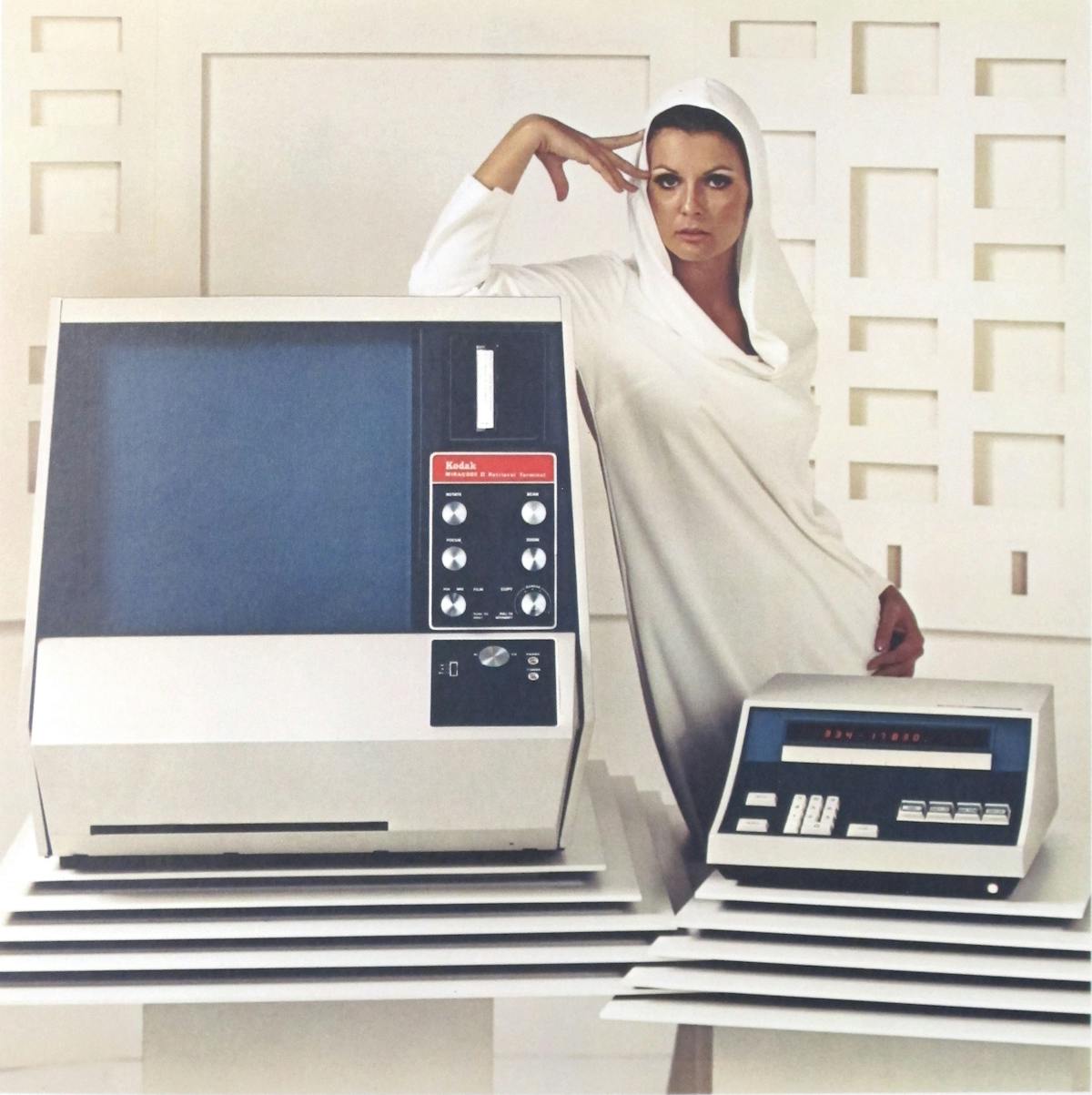Starting in the 1920s, microfilm – conceived as an information carrier and storage medium – was tested as a cost-effective means of reproduction, which, unlike the photocopier, stored original content on film in a microformat. Microfilm promised to contain all sorts of written, typed or graphic material, including customer and governmental data, patents, construction plans, cheques, bonds and inventories as well as books, journals and manuscripts. The microtechnology was first used in banks, then in the emerging oil, car and space industries, in newspaper publishing companies and in insurance and retail companies. The hope was to free offices and institutions of the sheer bulk constituted by the tons of documents on which they depended for the seamless functioning of their business. The copy was intended to reduce storage space by replacing paper. Alternatively, it was used as a backup for particularly sensitive and valuable information. Stored on film, the content was provided on demand. Here, the photograph functioned as a token for the physical object, a currency that could easily be accumulated and circulated. Again, this echoes not only Olivier Wendell Holmes but also Walter Benjamin, who had both compared photography to bank notes, albeit in very different contexts. 1Walter Benjamin, “Traumkitsch” [1925], in Gesammelte Schriften, vol. 2 (Frankfurt am Main: Suhrkamp, 1980), 620–22, here: 620. Eastman Kodak, a key player in the field, promoted this kind of photography as functional photography. The company repeatedly took up these notions, using the slogan “Accounting by Photography” and claiming that the microfilming devices were as important to a well-functioning business as the billing machine. 2“Why the microfilmer is as important as the billing machine!” read a Recordak advertisement in Fortune Magazine (October 1961), 227. A similar idea seems to play out in an advertising shot from 1955 (fig. 1), showing a smiling woman, presumably a secretary, situated behind a heap of bundled cheques and holding a reel of film in her hand, suggesting the perfect solution for handling large volumes of material as efficiently as possible.







